

|
|
|


|
Tamiya German Panther Type G - RTR - # 23659 (Radio Controlled Model Review)1/16 Scale Electric Tank -
Released by Tamiya on December 17, 2008, the German Panther Type G (# 23659) is an Online Limited Sales Series version, Factory Finished, Limited Edition, with the DMD Control Unit, MF-01 Unit and a 4-channel transmitter in an aluminium case.
▼ Scroll Down for More Images ▼
Rating: 4
|








|
|
|

|
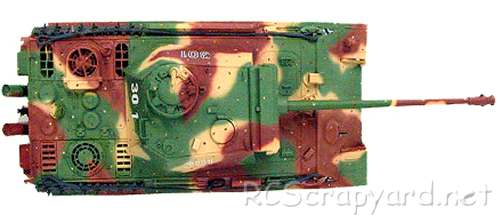
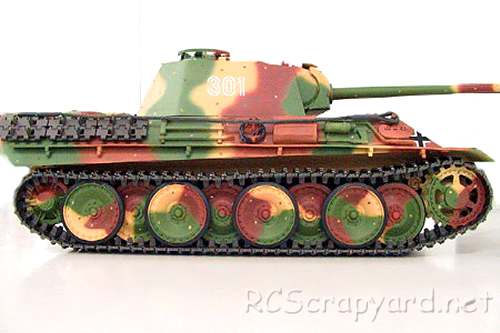
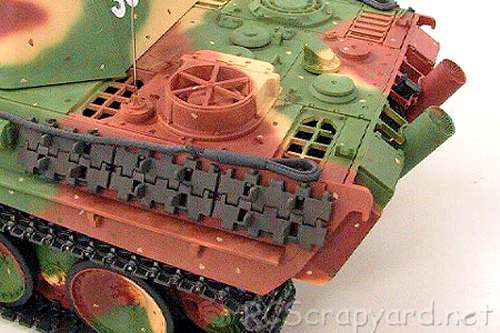
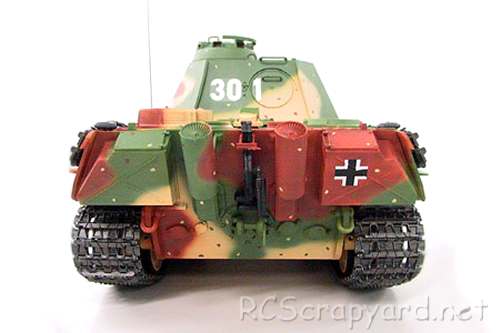
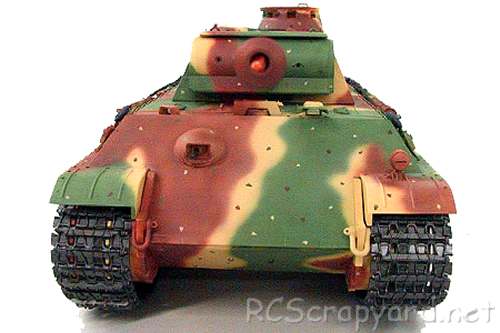
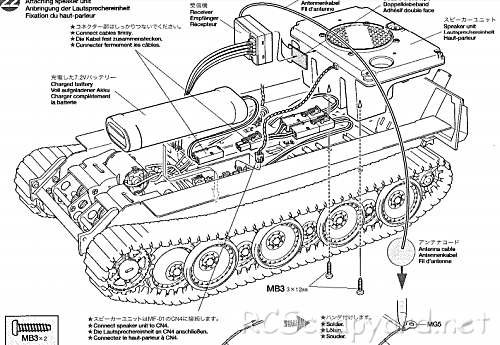
|
Hints, Tips and Information
How to avoid Radio Interference
1/ The first consideration when installing your Receiver into your Electrically Powered Model is to make sure it is well away from the Negative Battery terminal, and the Motor. The Magnetic field can cause stuttering type interference at times of high current draw (i.e., Fast Acceleration) |









|






|
|
|
|
Hints, Tips and Information Rechargeable Batteries
|
|
Hints, Tips and Information
Bearing Seals
If you were to ask anyone with a modicum of experience in RC, they will tell you that the best modification you can make to a basic RC model, is to add a set of ball bearings. |
|
RC Models:
|
Radio & Motors: |
Other
Accessories: |